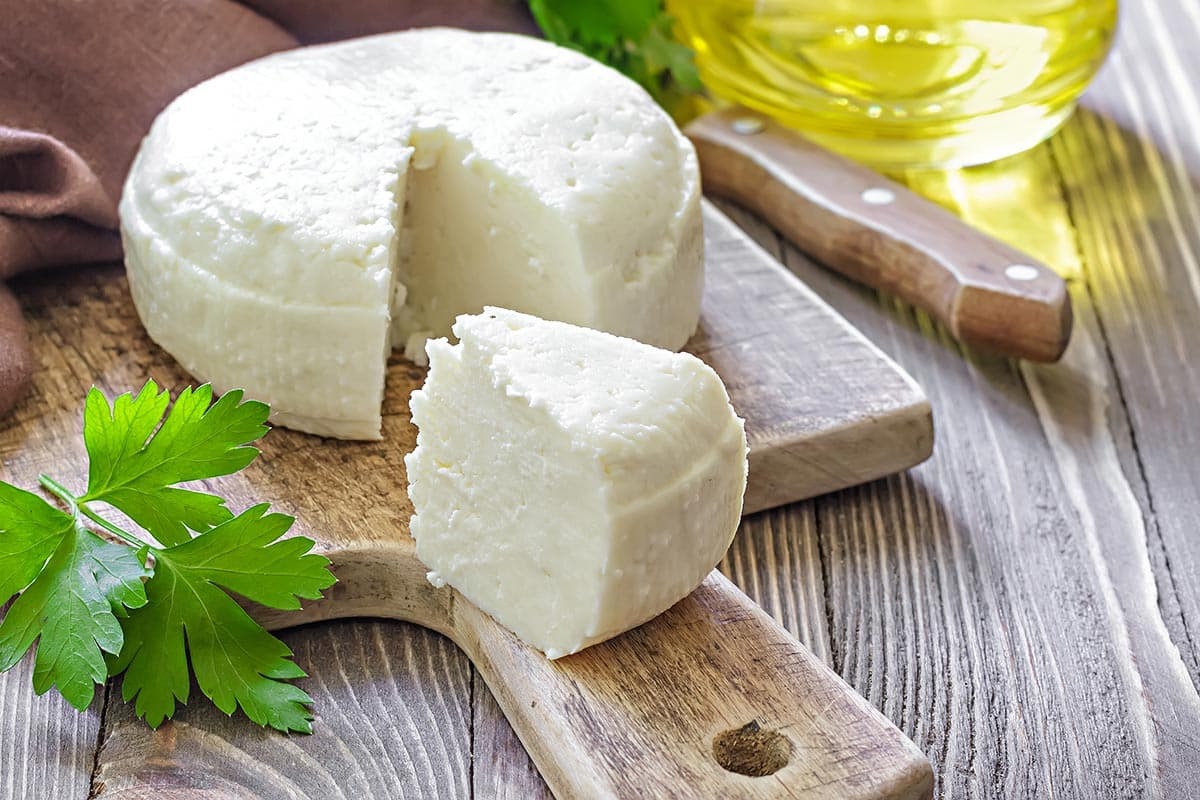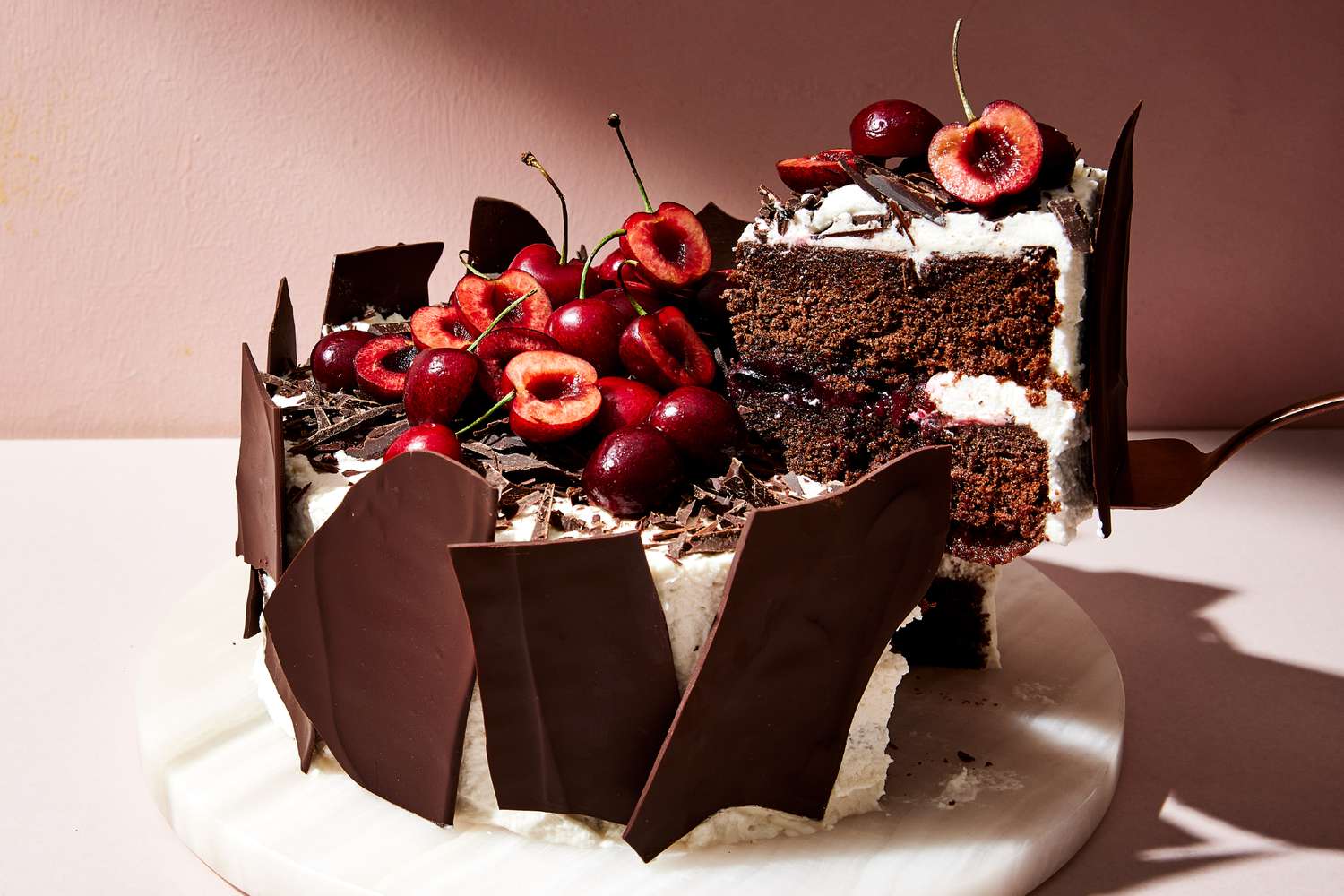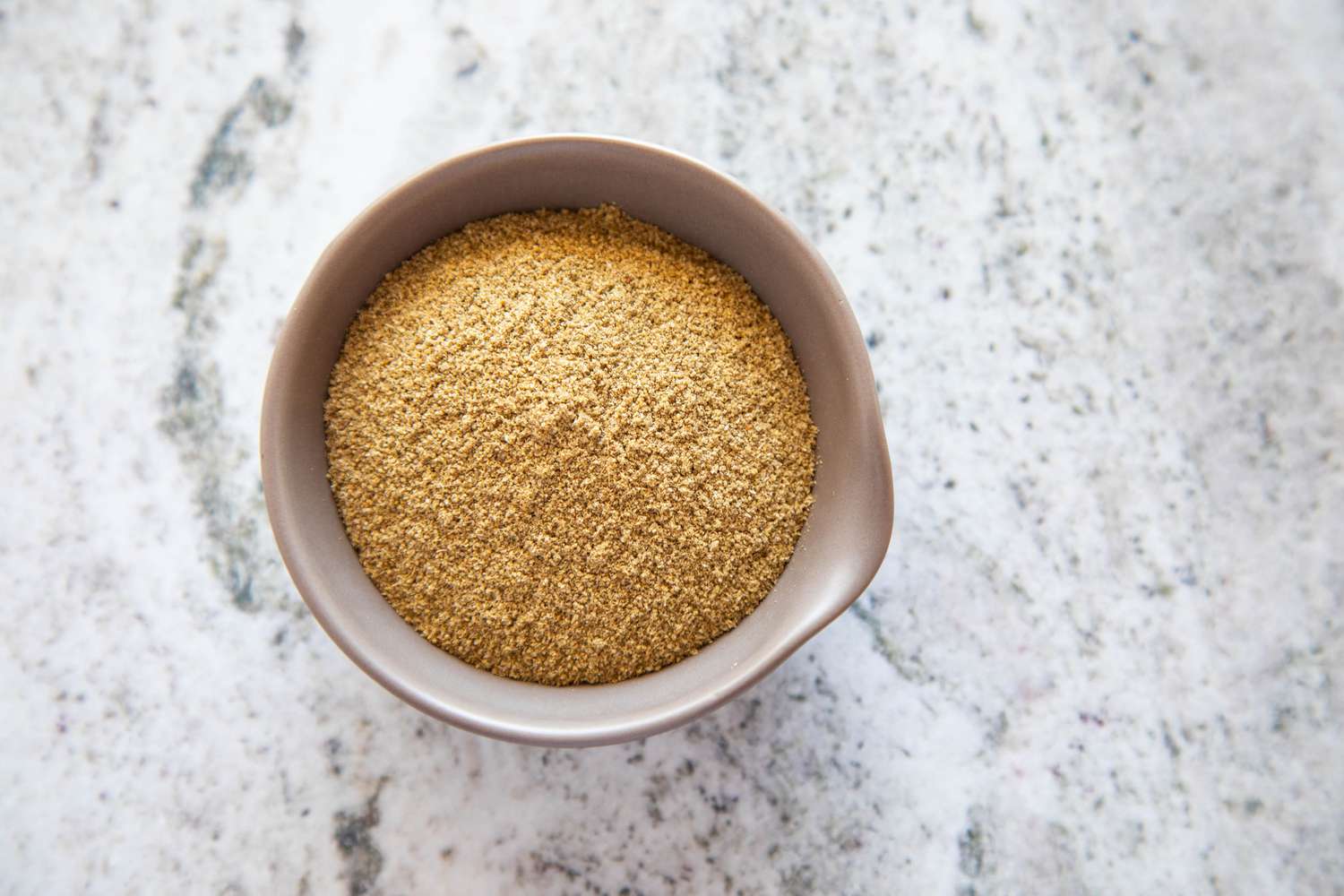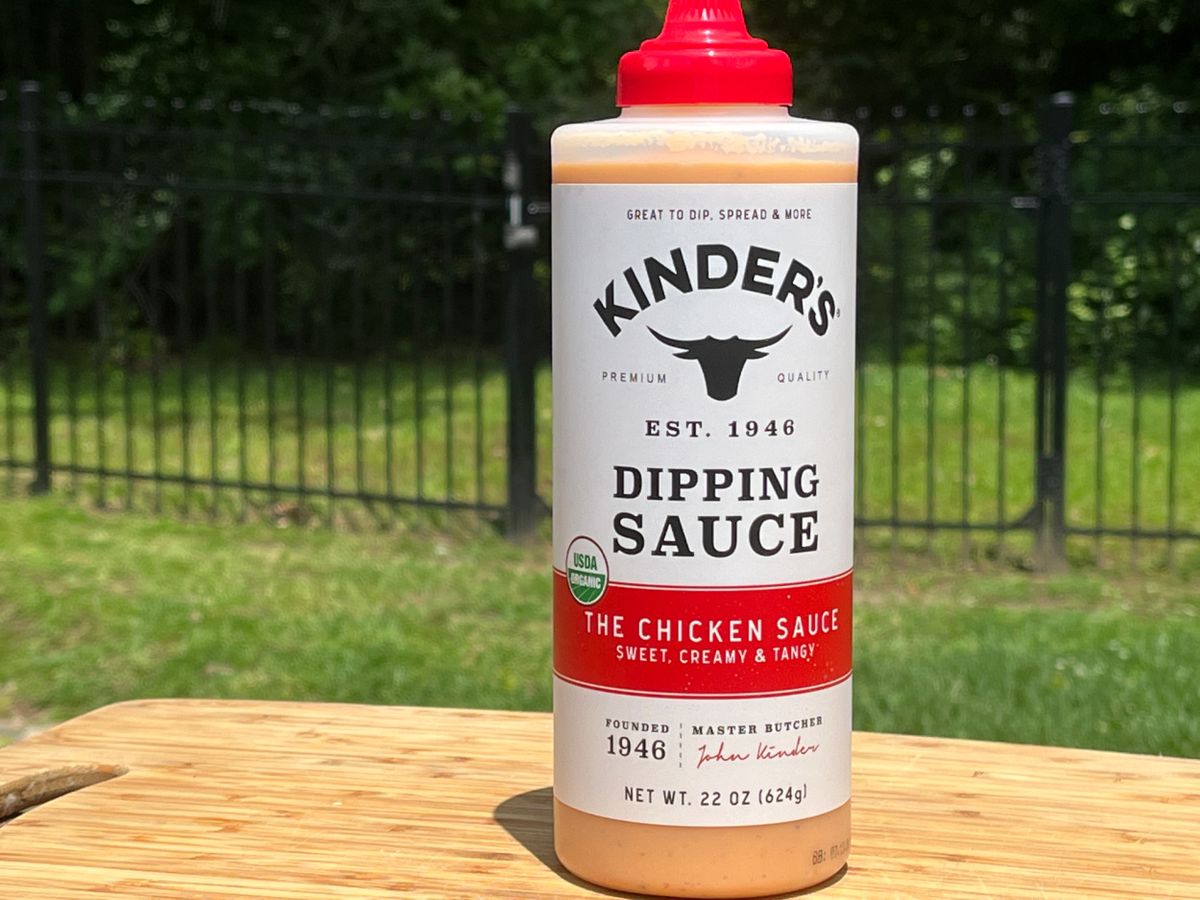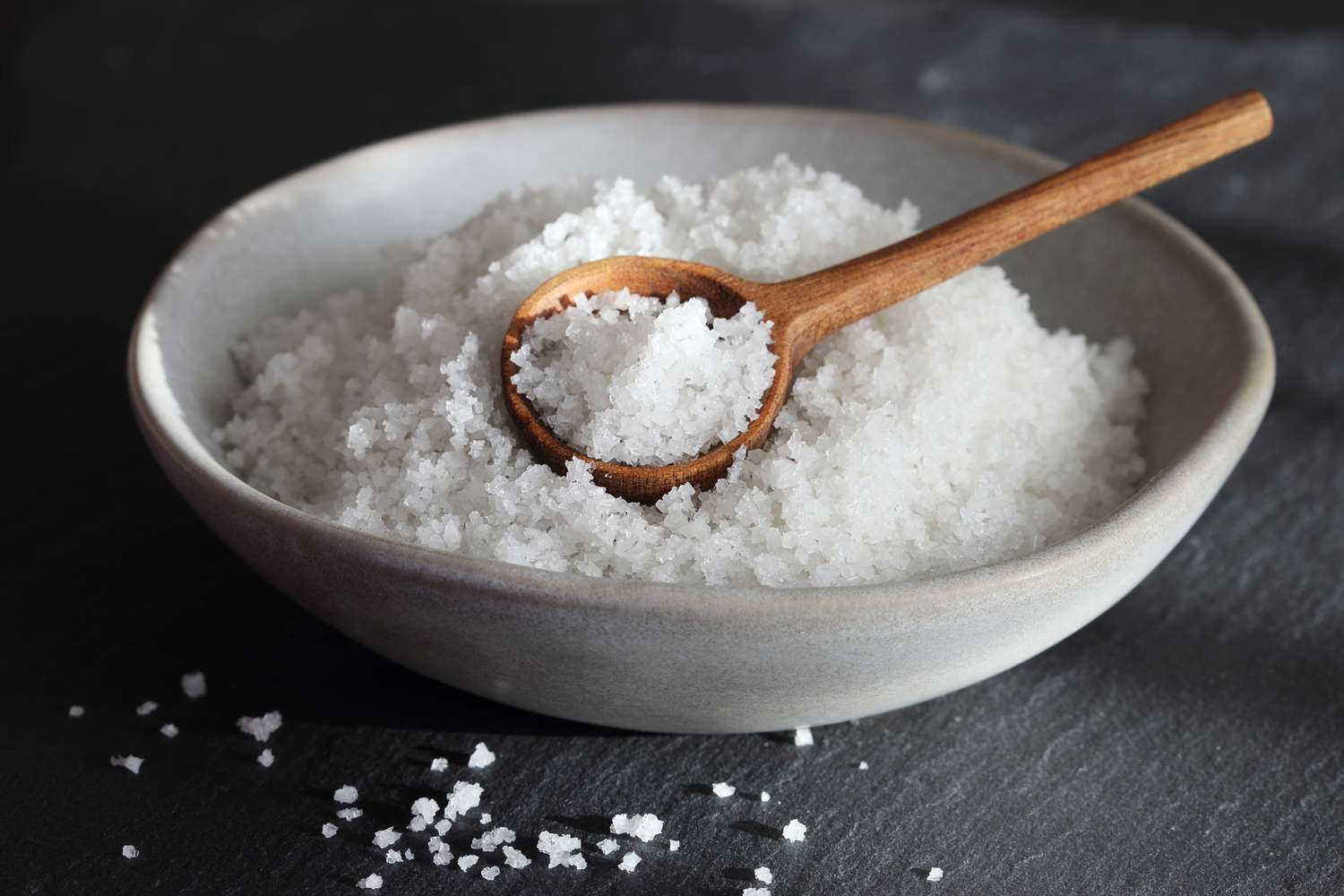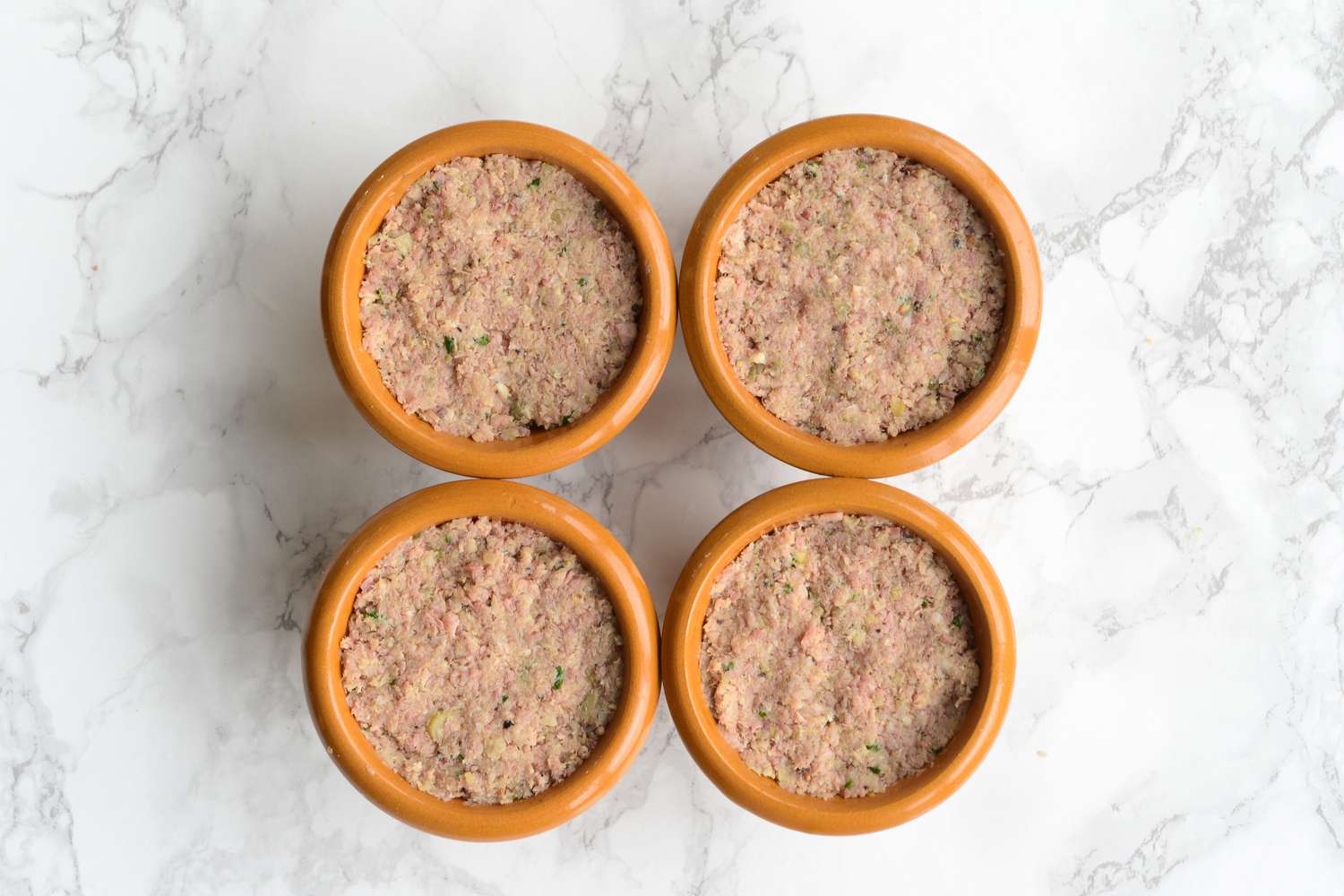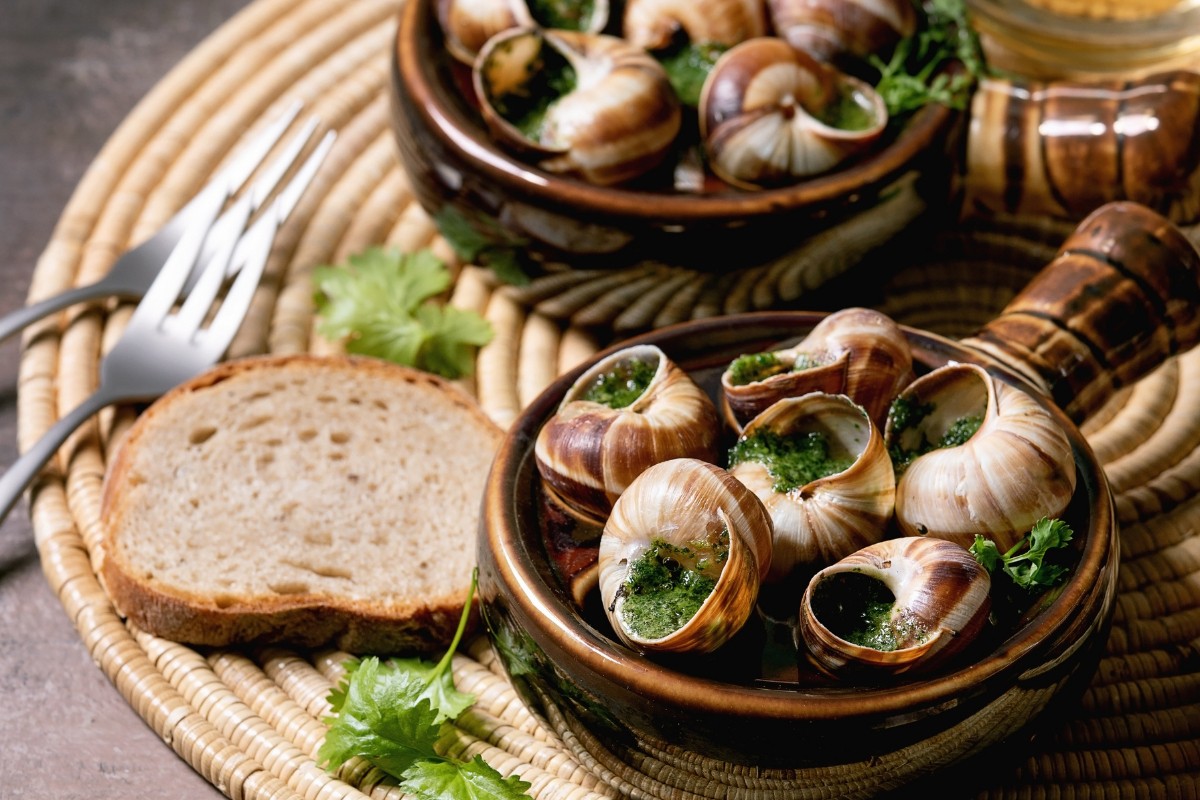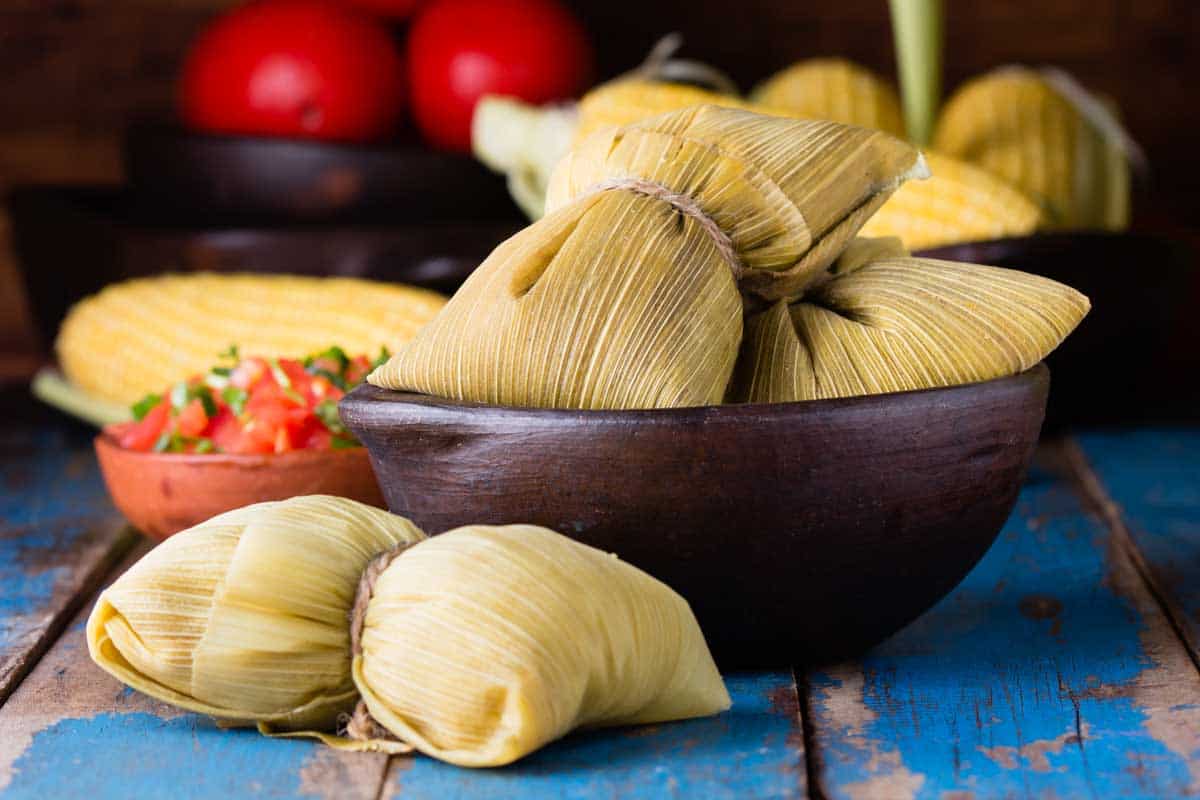Discovering the Delightful Imperial Chicken in Chinese Cuisine
Chinese cuisine is renowned for its rich flavors, diverse ingredients, and exquisite dishes. One such dish that stands out for its unique taste and cultural significance is the Imperial Chicken. This traditional Chinese delicacy has a fascinating history and a delectable flavor profile that has captivated food enthusiasts around the world.
The Origins of Imperial Chicken
Imperial Chicken, also known as “Ji Huang Ji” in Mandarin, has a storied past that dates back to ancient China. It is believed to have originated during the Qing Dynasty, where it was exclusively prepared for the imperial family and high-ranking officials. The dish was characterized by its luxurious ingredients and meticulous preparation, reflecting the opulence and grandeur of the imperial court.
Key Ingredients and Preparation
Imperial Chicken is typically made using free-range chicken, which is prized for its tender meat and rich flavor. The chicken is marinated in a blend of soy sauce, Shaoxing wine, ginger, and other aromatic spices to infuse it with a depth of savory flavors. After marinating, the chicken is steamed to perfection, allowing the marinade to permeate the meat and create a succulent, aromatic dish.
Once the chicken is cooked, it is often chilled and then meticulously hand-shredded to create delicate, bite-sized pieces. These tender chicken morsels are then arranged on a serving platter and garnished with fresh cilantro, scallions, and a drizzle of fragrant sesame oil. The result is a visually stunning dish that tantalizes the senses with its enticing aroma and exquisite presentation.
Flavor Profile and Serving
Imperial Chicken boasts a harmonious blend of flavors, with the savory notes of the soy marinade complemented by the freshness of the herbs and the subtle nuttiness of the sesame oil. The dish is often served cold or at room temperature, allowing the flavors to meld and intensify, creating a truly delightful culinary experience.
When served, Imperial Chicken is accompanied by thin pancakes or steamed buns, allowing diners to create their own delectable wraps filled with the tender chicken, fragrant herbs, and a drizzle of savory sauce. This interactive serving style adds an element of fun and communal dining to the experience, making it a popular choice for gatherings and celebrations.
Modern Interpretations and Popularity
While Imperial Chicken has deep roots in Chinese culinary tradition, it has also undergone modern reinterpretations to cater to contemporary palates. Chefs and home cooks alike have experimented with different marinades, garnishes, and serving styles, adding their own creative twists to this timeless dish.
Today, Imperial Chicken has gained popularity not only in China but also in Chinese restaurants around the world. Its alluring combination of flavors, elegant presentation, and cultural significance has made it a beloved choice for those seeking an authentic taste of Chinese cuisine.
Experience the Splendor of Imperial Chicken
Whether you’re a seasoned food enthusiast or someone eager to explore the diverse world of Chinese cuisine, tasting Imperial Chicken is an experience not to be missed. Its rich history, exquisite flavors, and cultural significance make it a true gem in the tapestry of Chinese culinary heritage.
So, the next time you have the opportunity to savor this regal dish, embrace the chance to indulge in the splendor of Imperial Chicken and savor each bite of its timeless allure.
Imperial Chicken is a dish that transcends time and tradition, offering a glimpse into the opulence of China’s imperial past while delighting the senses with its timeless appeal.
Was this page helpful?
Read Next: What Is Diezmillo De Res
